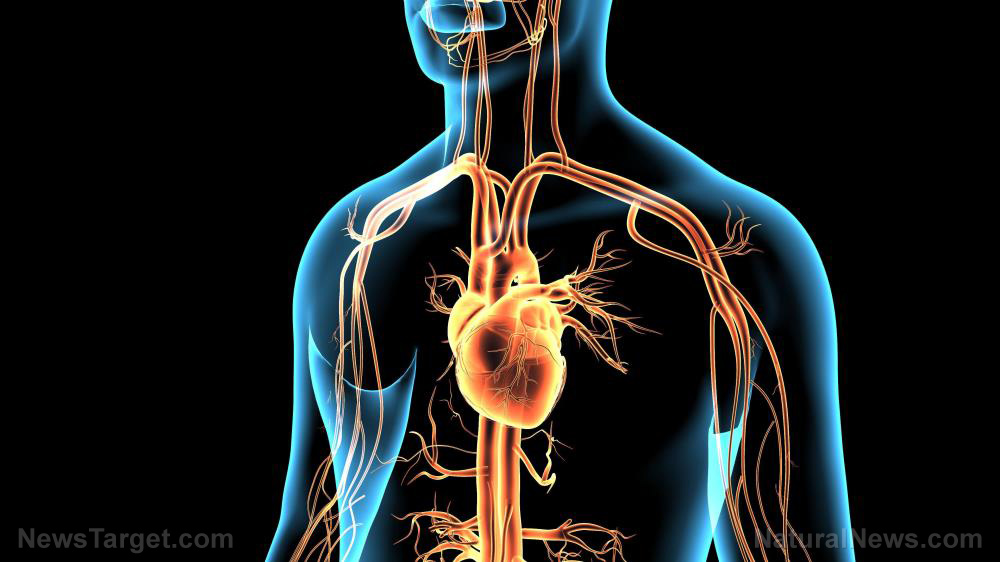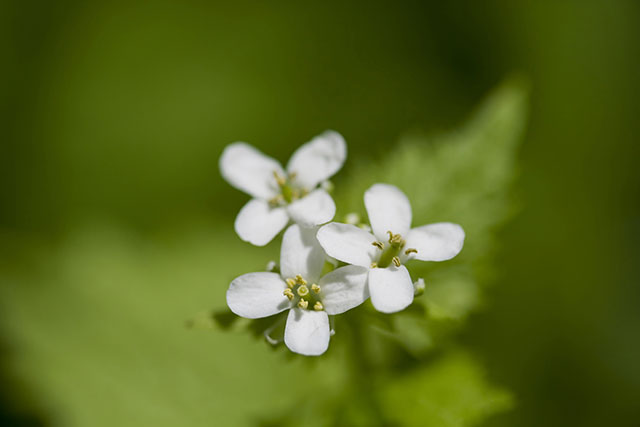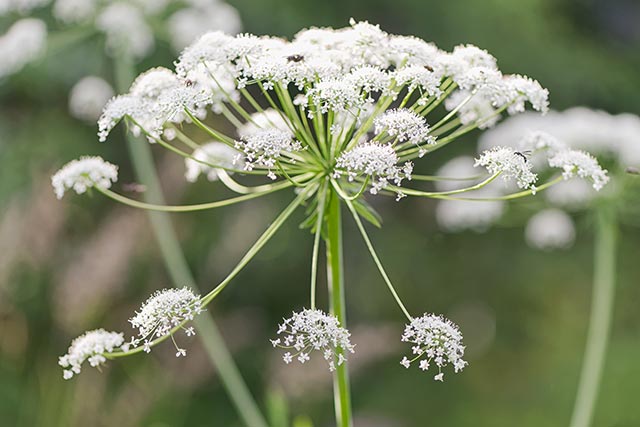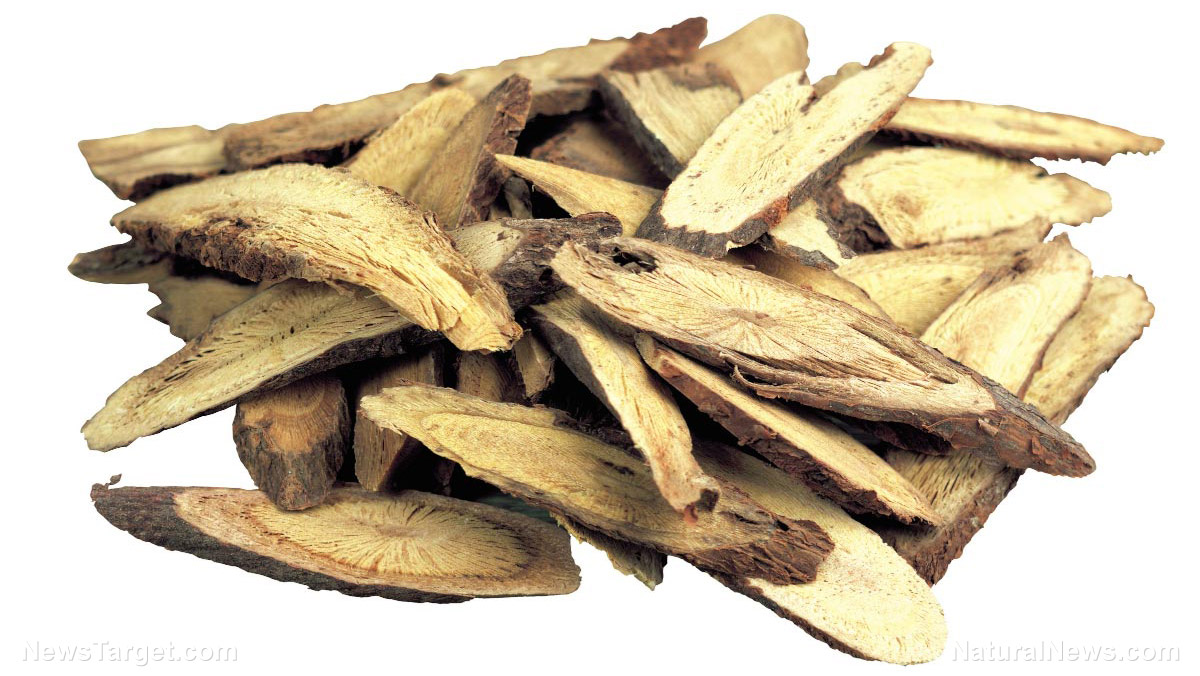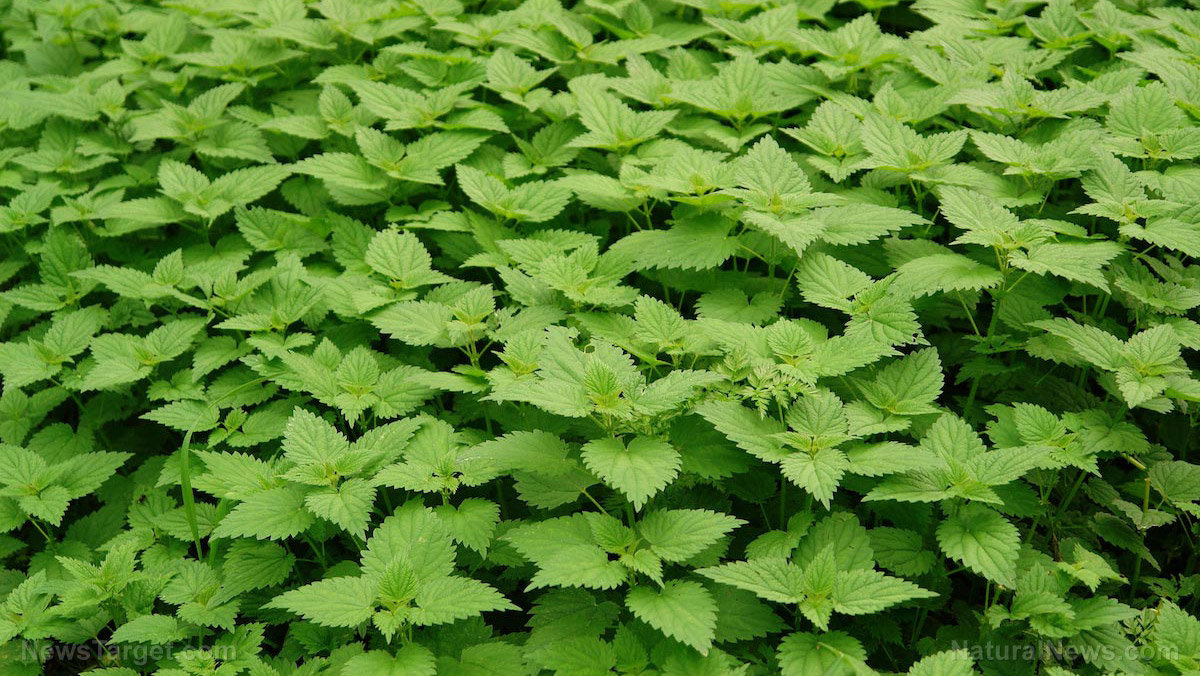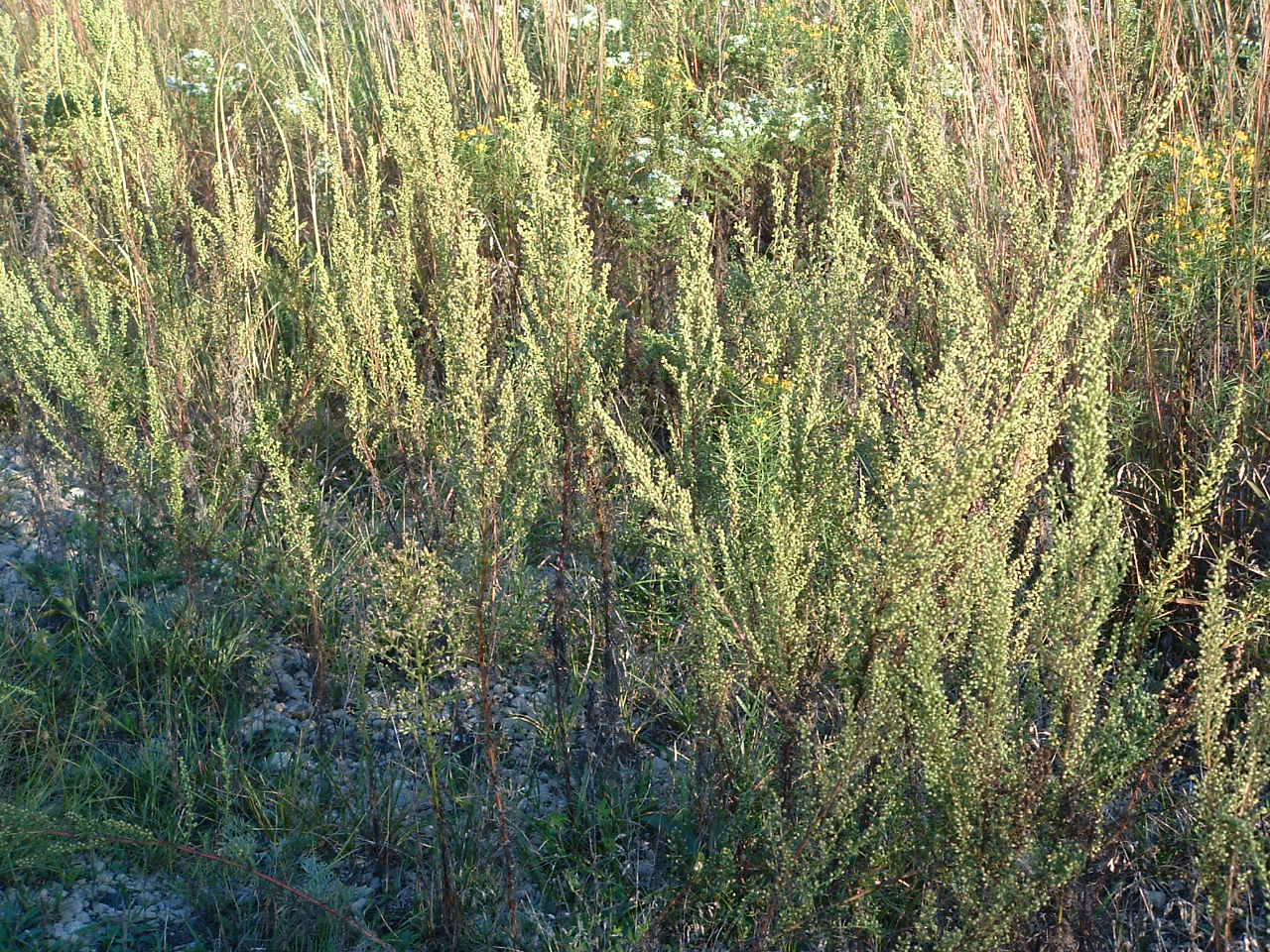The snake plant has many medicinal uses
10/25/2018 / By Ralph Flores
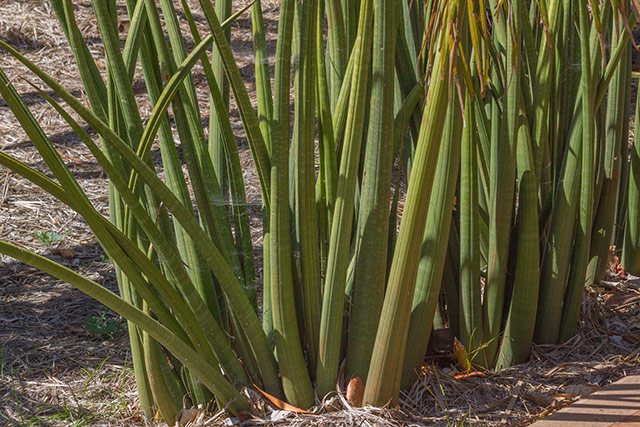
Indian researchers have found that Sansevieria cylindrica – commonly known as cylindrical snake plant – an ornamental plant endemic to subtropical regions in Africa, can be used to treat multiple conditions because of its phytochemical content. The study, which appeared in the journal Herbal Medicine: Open Access, looked at the physicochemical composition of extracts and fractions of S. cylindrica leaves, as well as its antioxidant and anti-diabetes properties.
- Plants from the Sansevieria genus have long been used to treat diseases in various African countries. S. trifasciata, in particular, is traditionally used for inflammation, as well as an adjuvant therapy for snakebite in South Africa and tropical parts of America.
- For this study, researchers assessed the ethanol extract and fractions of S. cylindrica leaves. The phytochemical and phenolic content, as well as antioxidant and anti-diabetes activities of the derivatives, were investigated.
- Researchers analyzed hexane, chloroform, methanol, and aqueous fractions of S. cylindrica leaves and found the presence of steroids, flavonoids, saponins, tannins, and phenolic acids.
- The findings indicated that both ethanol extract and methanol fraction of S. cylindrica exhibited significant levels of antioxidant and anti-diabetes activity at 80.5 and 83.6 percent, respectively DPPH free trial at 100 micrograms per milliliter (mcg/mL)
- The team also noted that methanol fraction displayed a 57.9 percent inhibition of glucose-6 phosphatase enzyme at 100 micromolar concentrations.
The researchers concluded that S. cylindrica can be a potential remedy to diabetes symptoms and other diseases.
Find the full text of the study at this link.
Learn more about other herbs that can treat diabetes at DiabetesScienceNews.com.
Journal Reference:
Tanveer A, Singh ND, Khan MF. PHYTOCHEMICAL ANALYSIS, TOTAL PHENOLIC CONTENT, ANTIOXIDANT AND ANTIDIABETIC ACTIVITY OF SANSEVIERIA CYLINDRICA LEAVES EXTRACT. Herbal Medicine: Open Access. 2017;03(02). (6). DOI: 10.21767/2472-0151.100026
Tagged Under: alternative medicine, anti-diabetes, antioxidants, cylindrical snake plant, herbal medicine, natural cures, natural remedies, Sansevieria cylindrica



